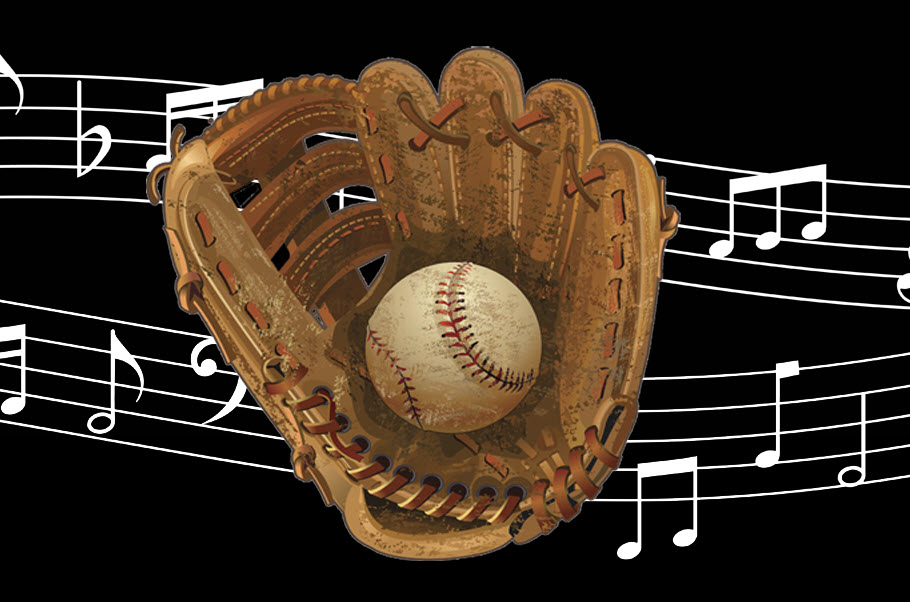Tagged Under:
How YPAO™ Works in Yamaha Hi-Fi Receivers
Achieving optimum imaging and frequency response at all volume levels.
YPAO™ (short for Yamaha Parametric room Acoustic Optimizer) is an exclusive Yamaha technology that analyzes the acoustics of your listening and viewing space so that the sound you hear is the absolute best it can be. All current multi-channel Yamaha AV receivers incorporate some form of YPAO (there are several different levels), as does the latest line of RN Series stereo Yamaha network Hi-Fi receivers, but the implementation is slightly different.
In multi-channel (i.e., 5.1, 7.2, 9.2 or 11.2) AV receivers, the user first selects a target curve — flat, natural or front. The YPAO system then works to timbre-match your speakers to the selected curve.
However, when you are using a Hi-Fi receiver and have only two speakers in the room, the goal is to achieve optimum imaging and frequency response, so YPAO instead matches the two speakers to each other.
Here’s a detailed explanation of how YPAO works in two-channel Hi-Fi receivers.
MINIMAL EQ
With the judicious application of acoustic treatment, some listening spaces can have a flatter response (and therefore sound better) than others, but since no room is perfect, a certain amount of equalization usually needs to be applied to get things sounding as good as possible. However, Hi-Fi YPAO uses as little EQ as possible, cutting rather than boosting any problematic frequency areas.
To understand why, take a look at this example of a curve that might be derived in a typical room after YPAO does a frequency sweep with a connected microphone:
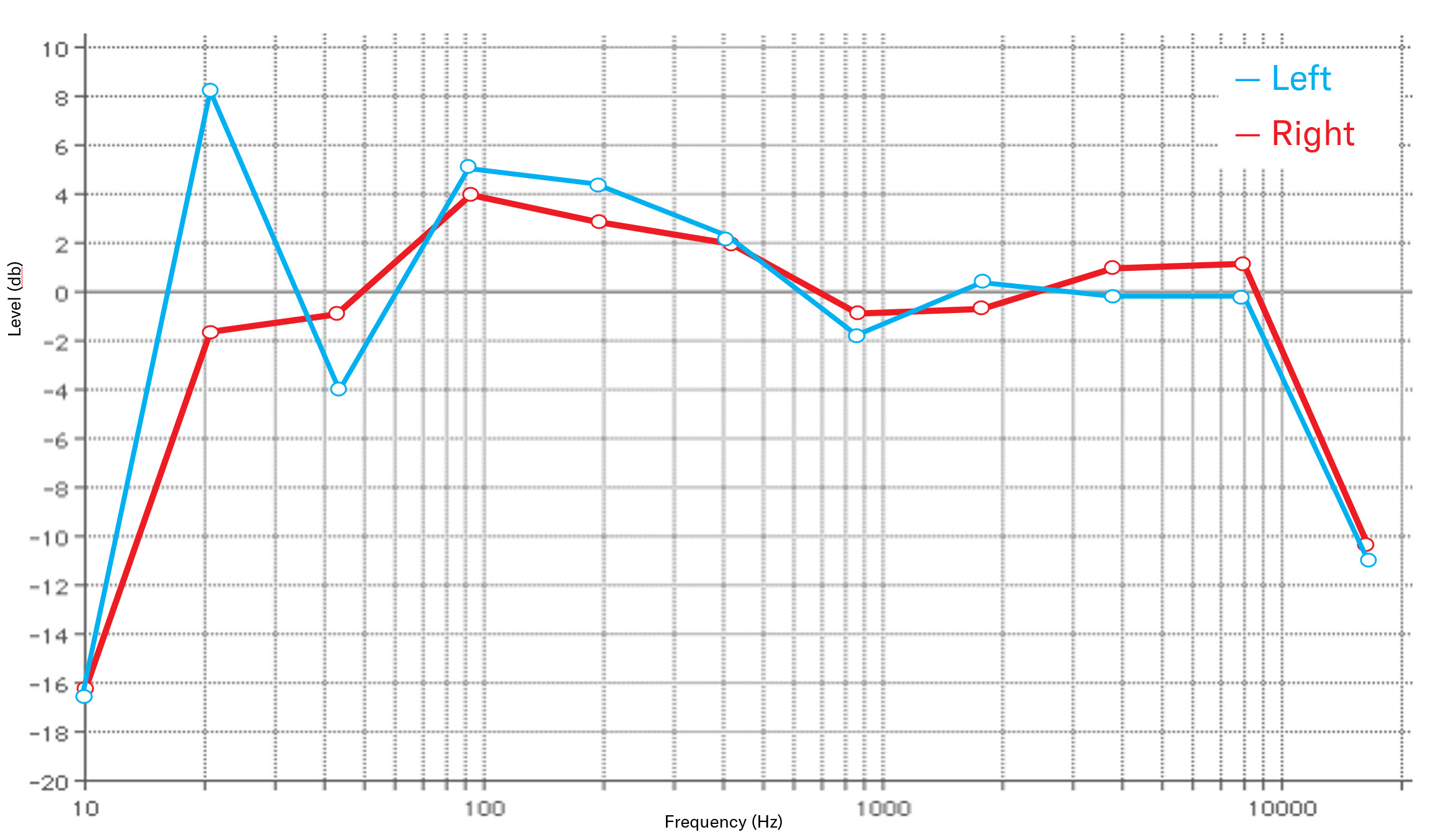
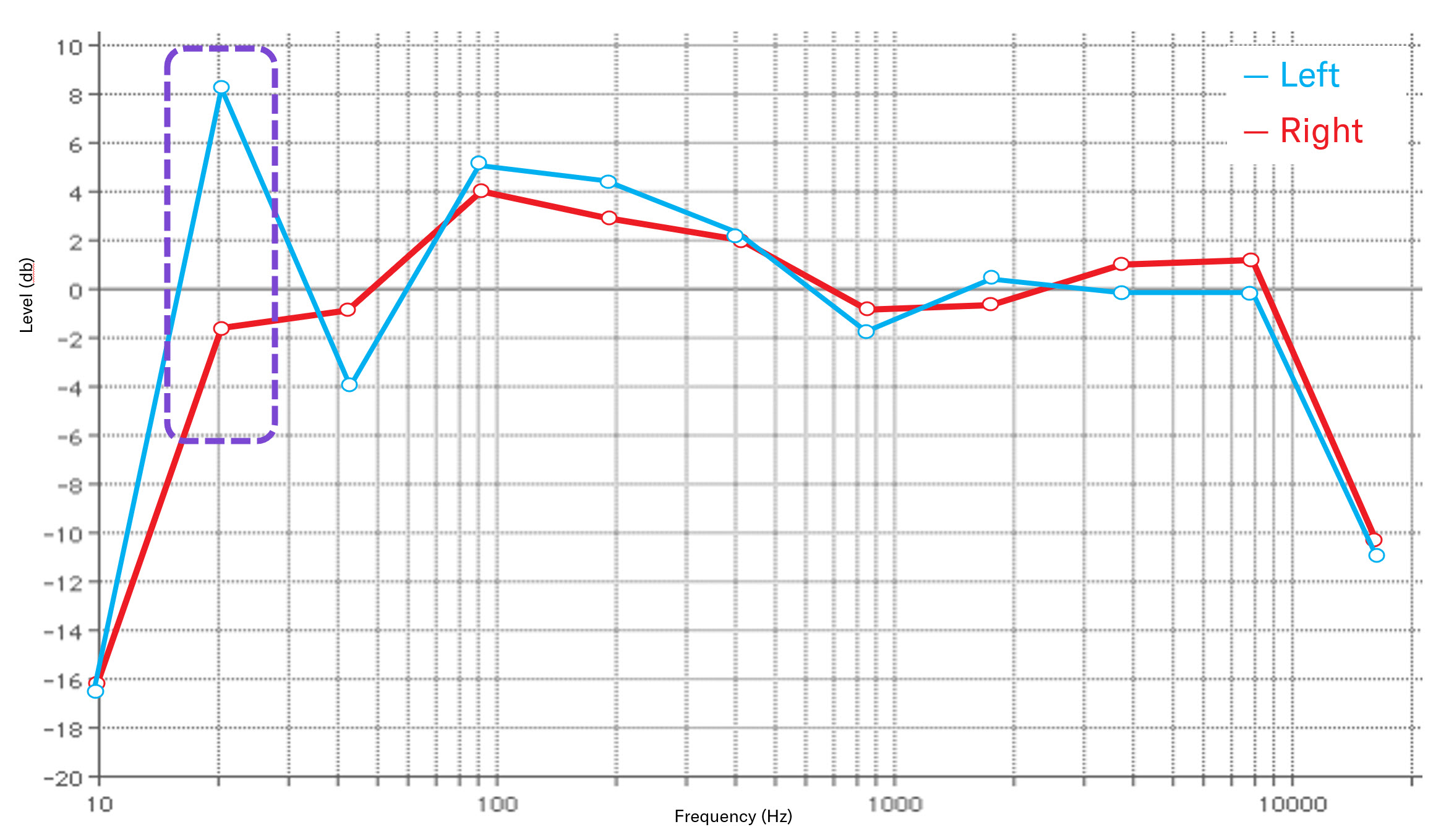
Such a situation will result in different frequency responses between the two speakers. When a low piano note is played, for example, the left channel will be louder than the right channel, and so the fundamental frequency of that note will be shifted to the left — just as if you had turned your balance control on the front panel counterclockwise from center.
But a piano note has a whole spectrum of frequency harmonics, not just the fundamental. And the right channel might actually be louder (relative to the left) at the second harmonic (as shown below), which will cause that part of the sound to be shifted to the right.

This kind of disparity can continue throughout the entire frequency spectrum, and even if it’s just a matter of a decibel or half a decibel, the imaging will be greatly compromised. A piano or a guitar that’s mixed to dead center should sound like a single instrument coming from a very focused point, but when you have a situation like this, depending on which harmonic you’re listening to, the sound is going to be shifting back and forth between left and right — even within a single note. The end result is that sonics will blur and the instrument will appear as if it’s a foot wide in-between the speakers, instead of coming from one particular spot.
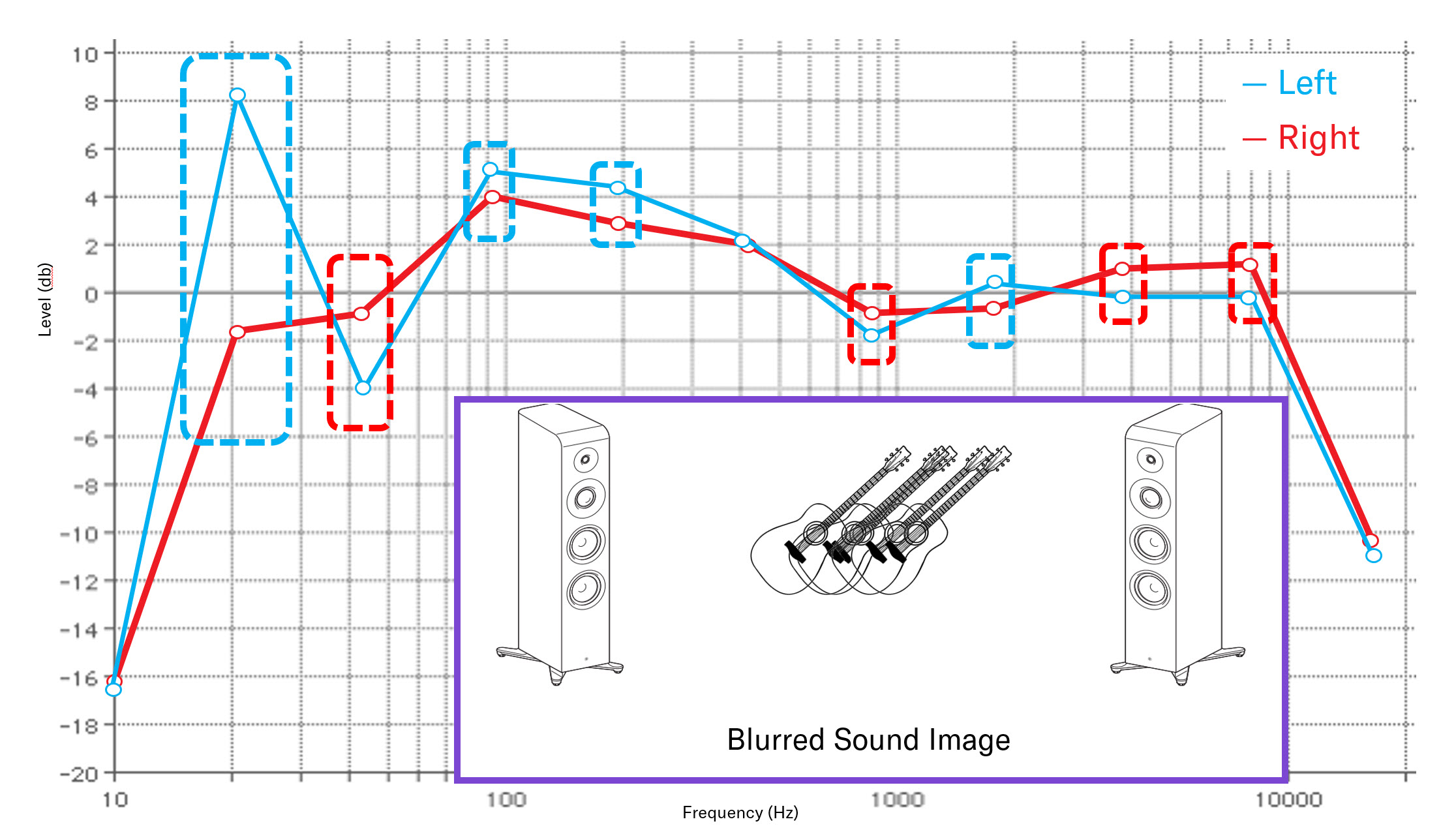
CUTTING INSTEAD OF BOOSTING FOR FOCUSED SOUND
The solution comes from selectively cutting certain frequencies instead of boosting them. In this particular instance, if you try to boost the right channel to match the left channel, the result will be less than optimum because the left channel already has an artificial boost due to imperfect placement of the left speaker in an imperfect room. Boosting a frequency will also raise the noise floor in that area of the spectrum, reducing the signal-to-noise ratio and resulting in lesser dynamic range.
In this particular example, we know the left channel is too loud at approximately 40 Hz, so we can cut that frequency range. At this frequency, the right channel looks like it’s flat, but we could be making an error there. So YPAO will also drop the right channel down to match the left channel at the second and higher harmonics:
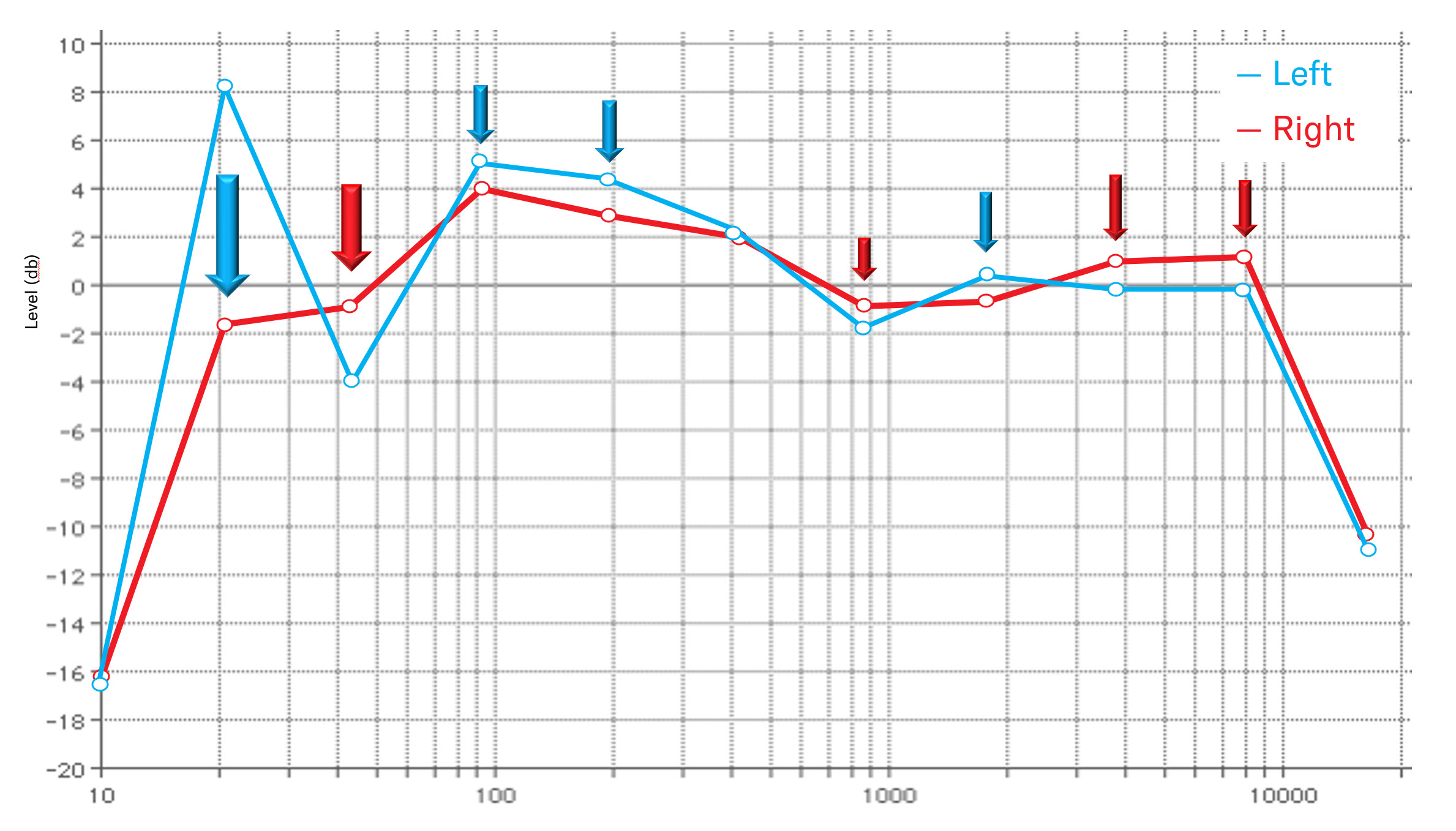
This will not result in a perfectly flat frequency response, but at least now the channels are matched, which will result in a tightly focused sound.

Yamaha R-N Series network Hi-Fi receivers offer two sets of speaker terminals, allowing you to, for example, connect a set of bookshelf speakers and a set of floor-standing speakers. The R-N800A, R-N1000A and R-N2000A models allow you to store individual YPAO settings for each set of connected speakers, so the correction for your bookshelf speakers would be different than for your floor-standing speakers. And if you ever choose to run them both at the same time, an “A+B” YPAO memory slot calibrates the system for that circumstance as well.
YPAO VOLUME
The human ear has less sensitivity to high and low frequencies at lower volumes. At those levels, we tend to hear mid-range tones much more clearly, which is right where most singers’ voices fall. That’s why, when the volume goes down, the instrumental accompaniment — the extra layers of sound that give a song so much more depth — tends to disappear.
The Yamaha solution comes in the form of a technology called YPAO Volume, which is essentially a loudness control that’s tied to the volume control:

YPAO Volume is incorporated in current Yamaha AV and network Hi-Fi receivers, further ensuring that all musical components are precisely balanced at every volume level. The end result is a richly fulfilling experience whether you’re listening softly or at full tilt.
And that’s how Hi-Fi YPAO works … and why it makes everything sound so good!













